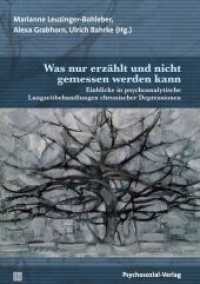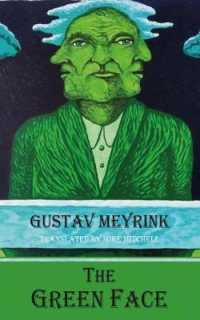- ホーム
- > 洋書
Full Description
Cooperative means that the overall behavior is quite different from the superposition of the effects arising from single atoms and is completely unpredictable if one neglects the coup ling between the atoms induced by their common electromagnetic field.








